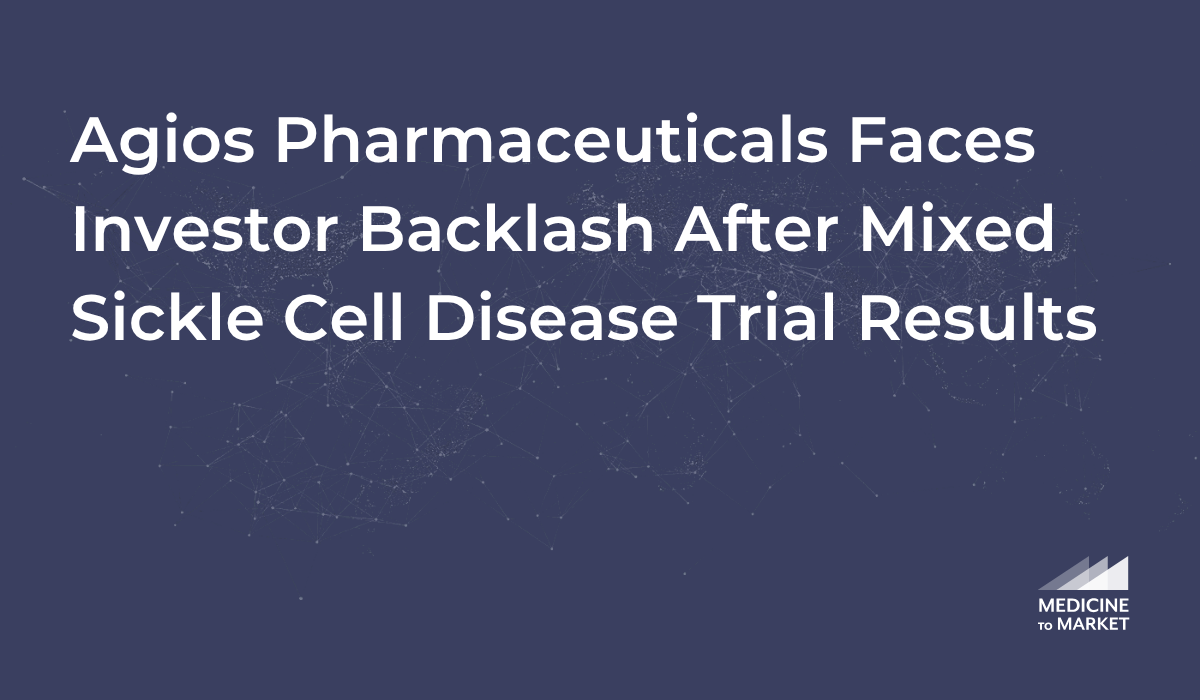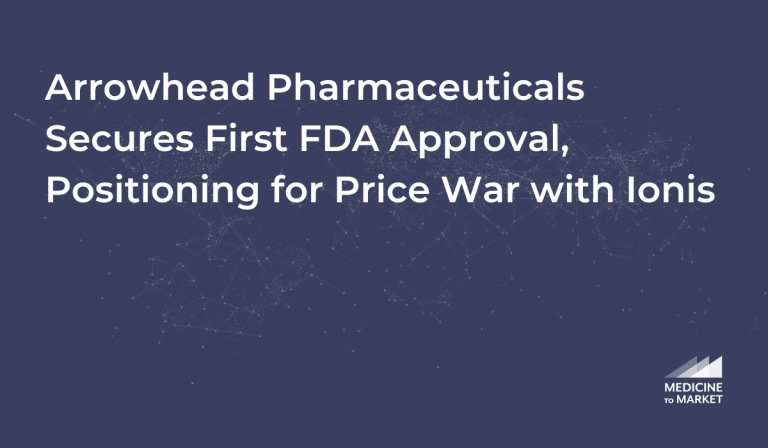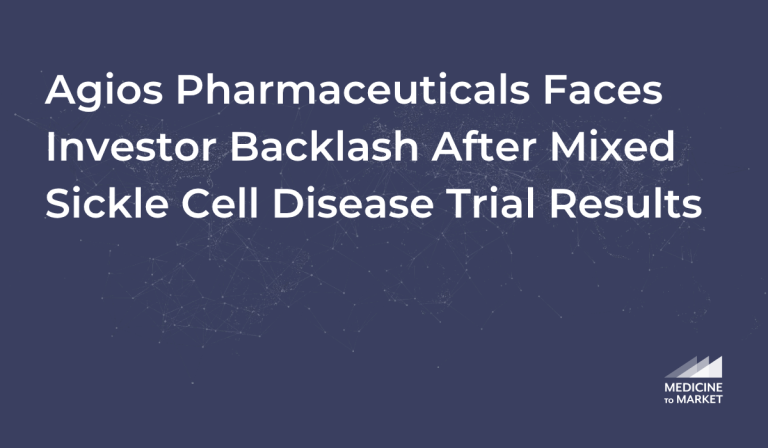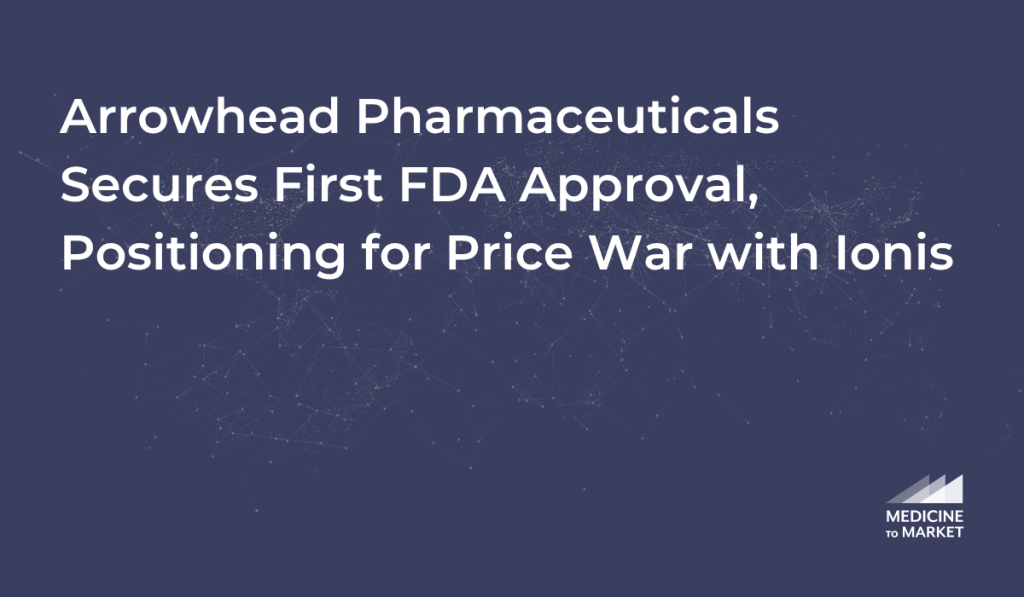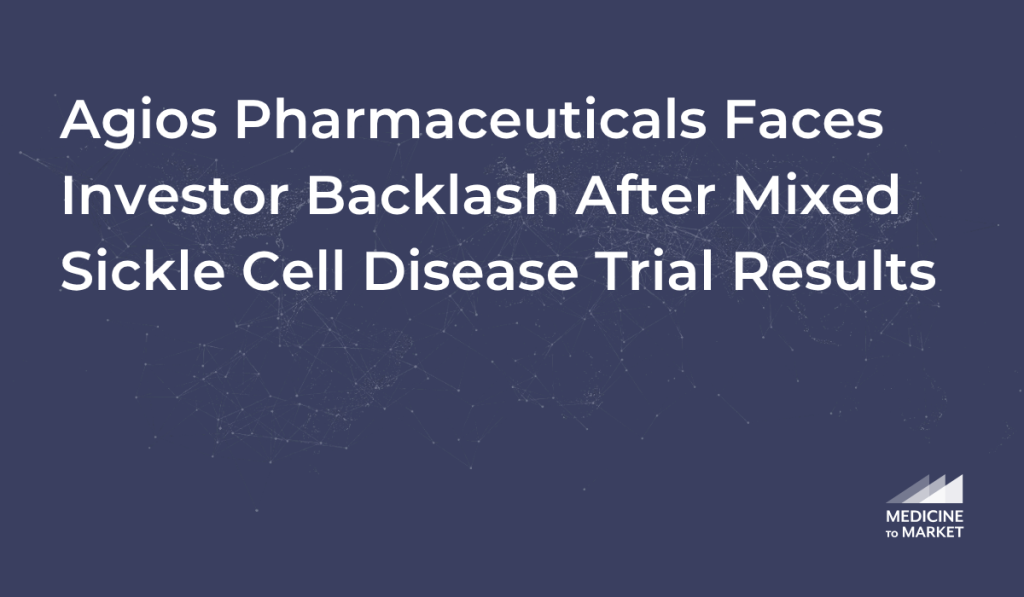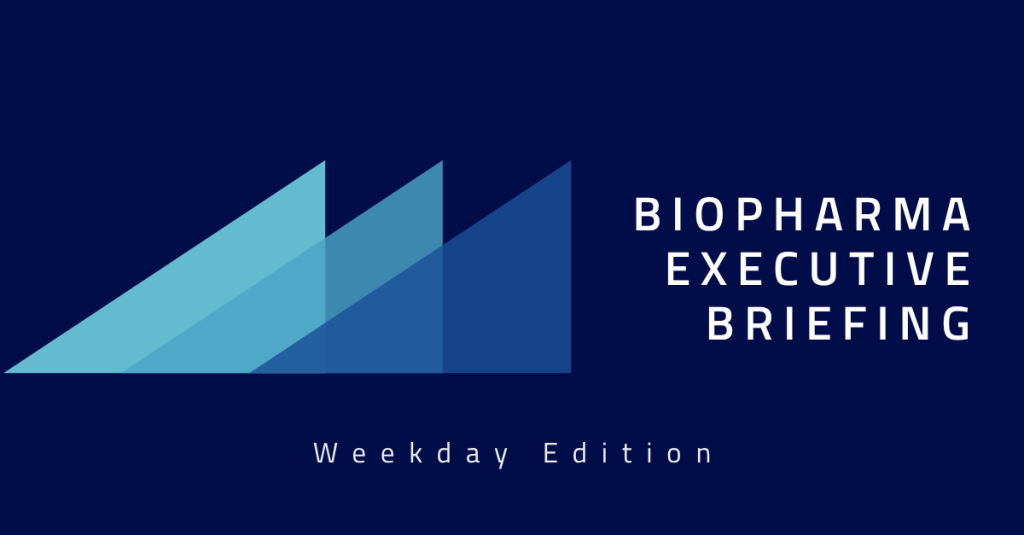Biotech prepares FDA submission despite failing key pain crisis endpoint; shares plummet 47% on data release
Agios Pharmaceuticals announced mixed topline results from its pivotal RISE UP Phase 3 trial of mitapivat (Pyrukynd) in sickle cell disease on November 18, 2025, triggering a dramatic 47% drop in share price despite the company’s plans to pursue U.S. regulatory approval. The data revealed a complex picture that highlights both the promise and challenges of developing therapies for this devastating inherited blood disorder.
Trial Met Hemoglobin Endpoint But Missed Critical Pain Crisis Reduction
The 52-week RISE UP study enrolled 207 patients aged 16 and older with sickle cell disease in a 2:1 randomization to receive either oral mitapivat 100 mg twice daily or placebo. The trial achieved statistical significance on its primary endpoint of hemoglobin response, with 40.6% of mitapivat-treated patients achieving at least a 1.0 g/dL increase in average hemoglobin concentration from baseline compared to only 2.9% in the placebo arm (p<0.0001).
Mitapivat also demonstrated statistically significant improvements in key secondary endpoints, including average hemoglobin concentration change from baseline (+7.69 g/L versus +0.26 g/L for placebo, p<0.0001) and reductions in indirect bilirubin, a marker of hemolysis (-16.03 µmol/L versus +0.88 µmol/L, p<0.0001).
However, the trial failed to achieve statistical significance on its other primary endpoint: the annualized rate of sickle cell pain crises (SCPCs). Patients receiving mitapivat experienced approximately 2.6 pain crises per year compared to 3.1 in the placebo group, a difference that did not reach statistical significance (p=0.1213). The key secondary endpoint of change from baseline in PROMIS Fatigue score also missed statistical significance (p=0.7112).
Subgroup Analysis Reveals Potential Benefits for Responders
Despite the mixed headline results, a post-hoc analysis provided more encouraging signals. The subset of patients in the mitapivat arm who achieved hemoglobin response experienced clinically meaningful benefits in the endpoints of annualized rate of SCPCs, annualized rate of hospitalizations for SCPCs, and PROMIS Fatigue scores.
For hemoglobin responders specifically, the average change in PROMIS Fatigue score was -5.19 compared to -2.55 for non-responders, with responders exceeding the -4.1 threshold considered clinically meaningful. This suggests that the drug’s benefits may be concentrated in patients who demonstrate a robust hemoglobin response.
“The data from RISE UP demonstrate that treatment with mitapivat significantly improved hemoglobin concentration and reduced hemolysis,” said Dr. Biree Andemariam, a trial investigator and medical professor at University of Connecticut Health. “We also see that patients who achieved the threshold of hemoglobin response also experienced clinically meaningful benefits in the rate of sickle cell pain crises and hospital visits for those events, as well as in fatigue”.
Safety Profile Generally Favorable, But Liver Concerns Persist
The safety profile observed in RISE UP was generally consistent with prior mitapivat trials in other rare blood diseases. The most common adverse reactions included hyperglycemia (20% versus 8% for placebo), headache (16% versus 8%), nausea (14% versus 8%), and injection site reactions (10% versus 4%).
Notably, three deaths (2.2%) occurred in the mitapivat group compared to two (2.9%) in the placebo arm, though investigators deemed none of these treatment-related. The trial reported that “liver abnormalities” seen in study volunteers “were not suggestive of drug-induced hepatocellular injury”.
However, liver safety remains a concern for the program. The FDA is currently taking extra time to evaluate mitapivat for beta thalassemia, with a decision now expected by December 7, 2025, specifically to assess a protocol designed to lower the risk of liver cell damage or inflammation observed in testing for that indication. This extended review raises questions about how liver safety data might factor into any sickle cell disease approval decision.
Difficult Treatment Landscape Adds to Commercial Uncertainty
Agios faces a challenging competitive environment in sickle cell disease. The treatment landscape has experienced significant turbulence in recent years, with several high-profile setbacks. Novartis’s Adakveo lost European marketing authorization, and Pfizer voluntarily withdrew Oxbryta (voxelotor) from the market in 2024 despite having paid more than $5 billion to acquire the drug.
Meanwhile, the two FDA-approved gene therapies from Vertex Pharmaceuticals and Bluebird Bio have seen limited uptake. Vertex reported only 165 patients had undergone cell collections for its treatment Casgevy as of September 30, 2025, while Bluebird recorded just $11 million in 2024 sales for a treatment priced at $3.1 million before being taken private.
This challenging landscape leaves significant unmet need but also raises questions about optimal development strategies and trial endpoints for sickle cell disease therapies.
Path Forward: FDA Discussions Planned Despite Mixed Results
Despite the mixed results, Agios Chief Medical Officer Sarah Gheuens, M.D., Ph.D., emphasized the anti-hemolytic effects: “The RISE UP Phase 3 results further support mitapivat’s strong anti-hemolytic profile, as demonstrated in other rare blood disease trials. These effects can help address debilitating features of sickle cell disease that can profoundly worsen quality of life and lead to early mortality”.
The company plans to present detailed analyses from RISE UP at future medical congresses and intends to submit a supplemental New Drug Application (sNDA) in the U.S. for sickle cell disease after having a pre-sNDA meeting with the FDA in the first quarter of 2026.
Agios also indicated it would take proactive steps to reduce operating expenses to maximize the Pyrukynd thalassemia U.S. commercial launch and maintain a strong financial position, with an update expected by early 2026.
Market Reaction Reflects Regulatory and Commercial Uncertainty
The sharp 47% decline in Agios shares from approximately $45 to $24 on November 18, 2025, reflects investor concern about the regulatory path forward and commercial potential given the failure to demonstrate statistical significance in pain crisis reduction.
Analysts at Leerink noted the challenge facing regulators: “If the FDA chooses to review an application for mitapivat in sickle cell disease, it may need to balance that mixed data with an emerging safety concern” related to liver abnormalities.
The pharmaceutical industry will be watching closely to see whether the FDA considers hemoglobin response alone, combined with the subgroup analysis showing benefits in responders, sufficient for approval—or whether the failure to demonstrate broad pain crisis reduction proves fatal to regulatory ambitions. The upcoming December 2025 decision on the thalassemia indication may provide important clues about the agency’s risk-benefit calculus for mitapivat.

